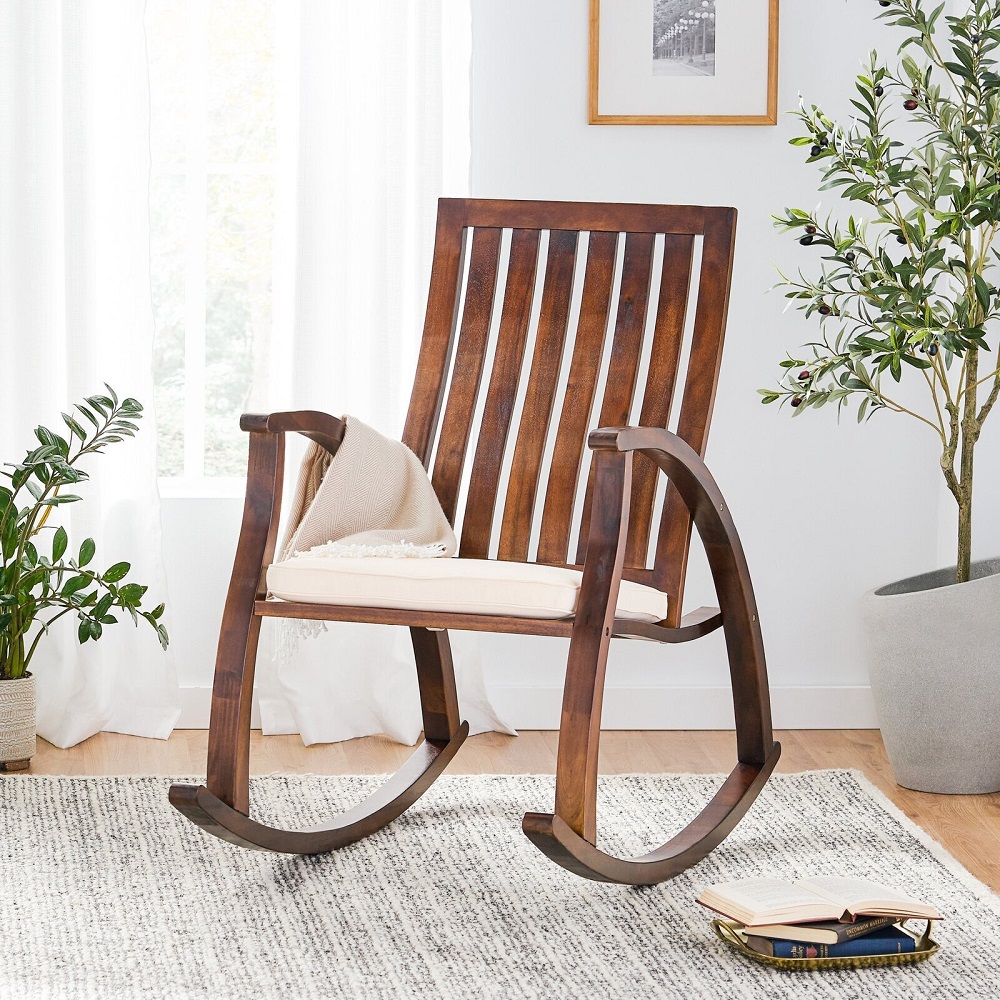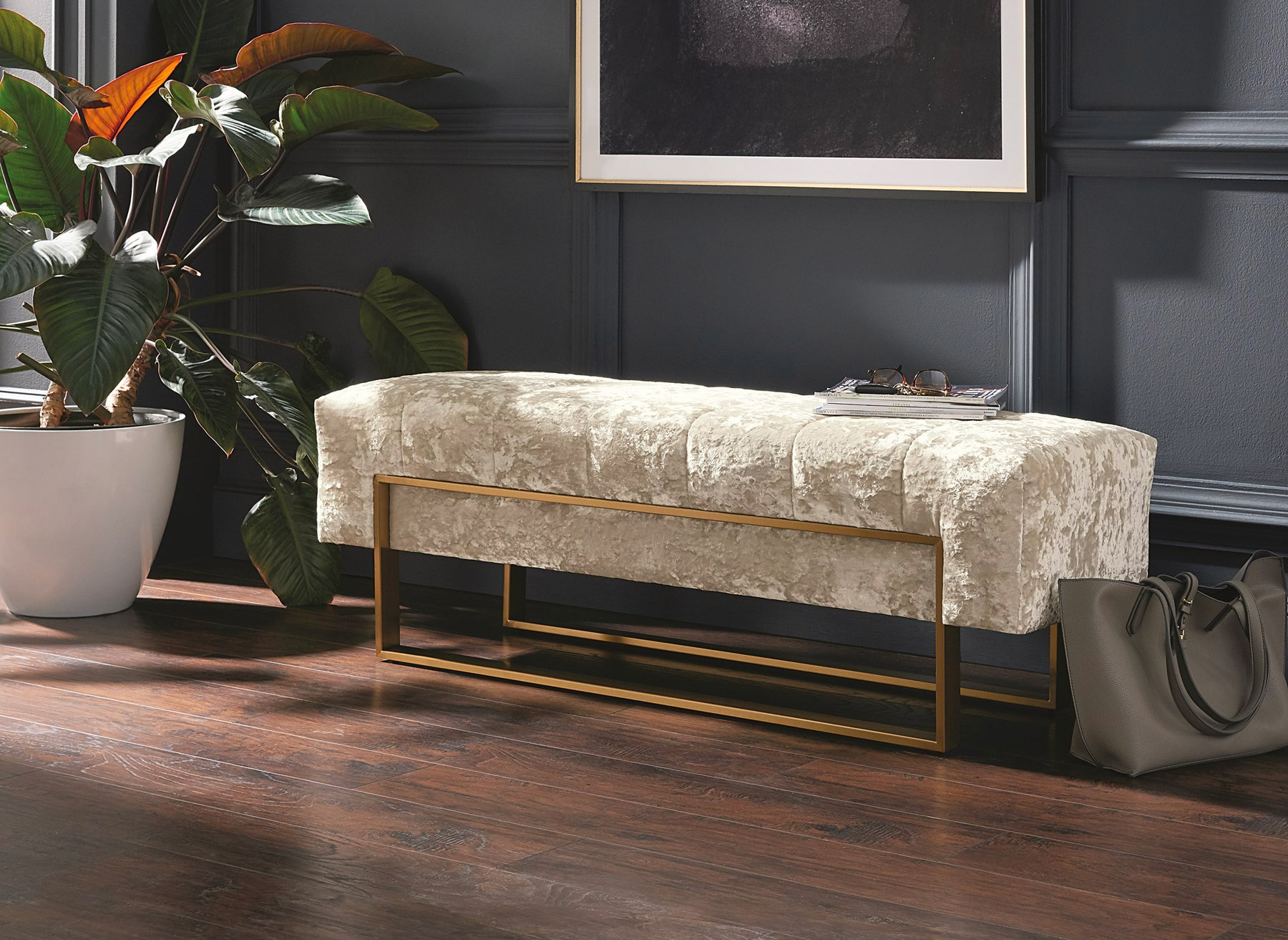Crafting a Multi-Functional Living Area with Sofa and Dining Table
Open concept spaces merging living, dining and kitchen zones beautifully suit contemporary lifestyles focused on connection through shared experiences like entertaining and family time. Though tricky blending furnishing purposes within a singular, flowing space, a sectional sofa alongside a well-positioned dining table makes smart multifunctional use of footprint through clever delineation of rooms-within-a-room. Using furniture placement, area rugs and creative room dividers to define individual yet integrated spaces keeps the open design from feeling cluttered.
Strategic Furniture Placement
The first step in successfully merging the living room with an eating nook is mapping out furniture placement catering to both lounging and dining purposes.Position the sectional facing the focal point whether TV or fireplace, floating the back off walls to promote traffic flow.Then situate the dining table along the perimeter to establish a clear dining zone without obstructing existing circulation pathways between rooms when not hosting a large dinner party.
Defining Area Zones with Rugs
Solidly grounding both the sofa and dining table atop area rugs created designated spaces within the open room visually and texturally.Choose separate but coordinating rugs aligned underneath each furniture grouping. The grounded weight of layered rugs makes the open space feel more intimate. Try sizing dining rugs more generously for pulling out chairs with ease.
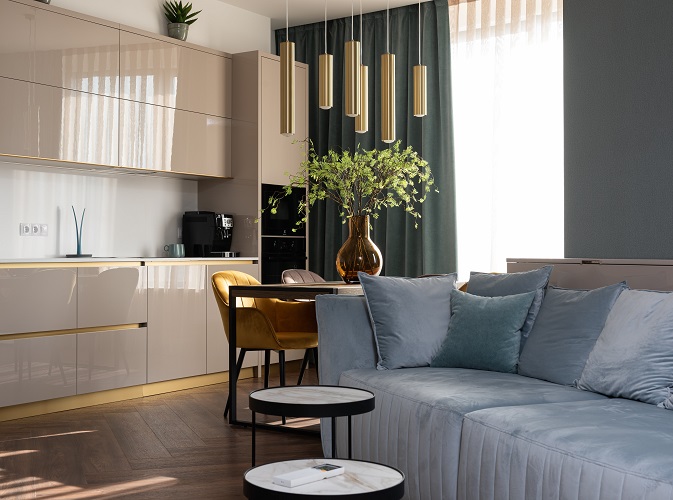
Get Creative with Room Dividers
Take the spatial separation between spaces up a decorative notch by incorporating screens, plant displays, shelving units or partial walls as creative room dividers.Even a floor globe, folded shutter panel or artwork wall visually separates zones while allowing sightlines preserving that lovely open dynamic. When hosting larger gatherings the boundaries seamlessly disappear to accommodate flexible furniture groupings.
Blending bespoke, yet integrated furnishing roles not only makes intelligent multifunctional use of open concept square footage, but also promotes natural interaction and connection opportunities within shared community space.Just anchor groupings thoughtfully through positioning, rugs and decorative barriers or buffers allowing functions to shine individually or mix fluidly as needs arise.
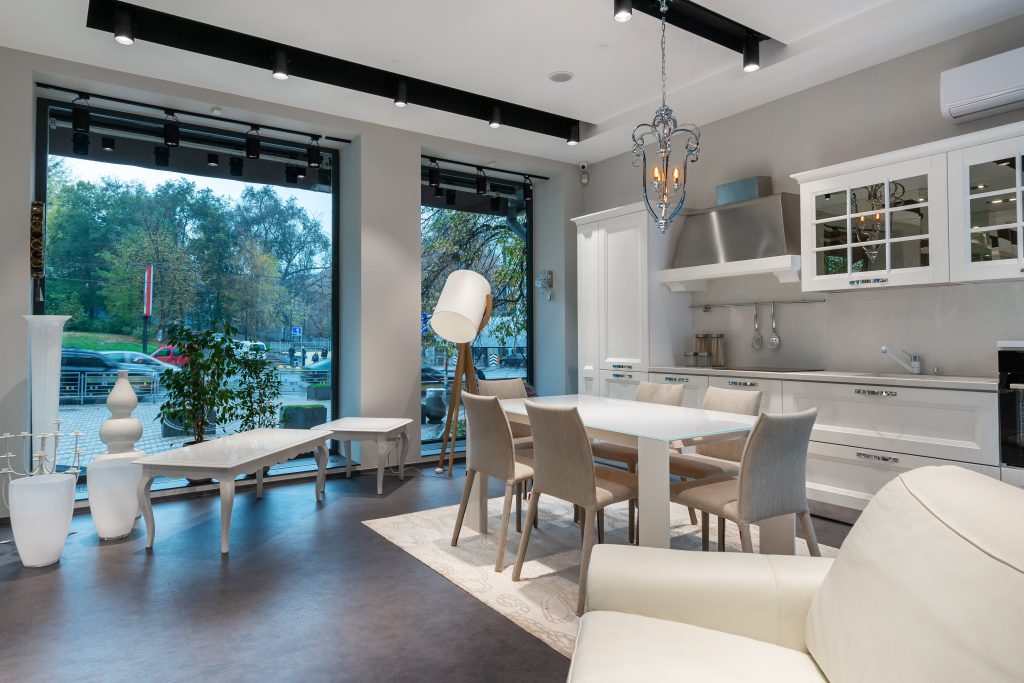 Tips for Selecting a Harmonious Sofa & Dining Table Pairing
Tips for Selecting a Harmonious Sofa & Dining Table Pairing
Finding that perfect sofa is challenging enough without also ensuring it pairs beautifully with existing dining furnishings.When blending lounge seating within open-concept eating zones, a cohesive aesthetic between new couches and existing tables promotes harmony. Avoid a disjointed greenhouse effect by keeping key detailing, material and color choices aligned in both furniture anchors.Use these helpful strategies when seeking sofas blending seamlessly into your dining scene.
Compare Structural Lines & Silhouettes
A foolproof approach for seamless blending is choosing a sofa and dining table featuring similar design language. For instance, combine slender tapered dining table legs with a sofa sporting track arms and tall tapered feet for cohesion.Or echo a circular table profile with gently curved sofa arms and rolled cushions. Matching clean lines also ensures effortless styling between modern and contemporary spaces.
Repeat Key Materials & Textures
Pull colors may contrast beautifully, but repeating textures keeps spaces feeling cohesive. For instance, pair a walnut dining table with woven rattan sofa backing or elegantly carved dining furnishings with tufted leather roll-arm sofa.Just ensure accent materials align to keep the mix from becoming overly eclectic unless purposefully aiming for an artistic curation.
Compare Color Palettes
While matching furniture colors can feel uninspired, ensure palettes align through shared accent hues bridging contrasting pieces.For example, coordinate deep emerald green dining chairs with a lighter celery sofa including emerald and celery patterned toss pillows. Or blend a black dining setting with a soft grey sofa framed by matching black and white printed throw blankets.
Scale & Balance Proportions
An oft-overlooked consideration is the interplay of scale and visual weight between neighboring furnishings. Size down slender Parsons dining chairs with a sectional featuring plush loose back cushions. Or anchor an imposing farmhouse harvest table with slim mid-century modern sofa floating atop spindly metallic legs.
When tackling furniture pairings within open concept spaces, curating a stylistic kinship through consistency in structural lines, materials and color connections ensures the mix delights the eye rather than confuses.Keep these guiding principles top of mind when sofa shopping for failproof dining partnerships.
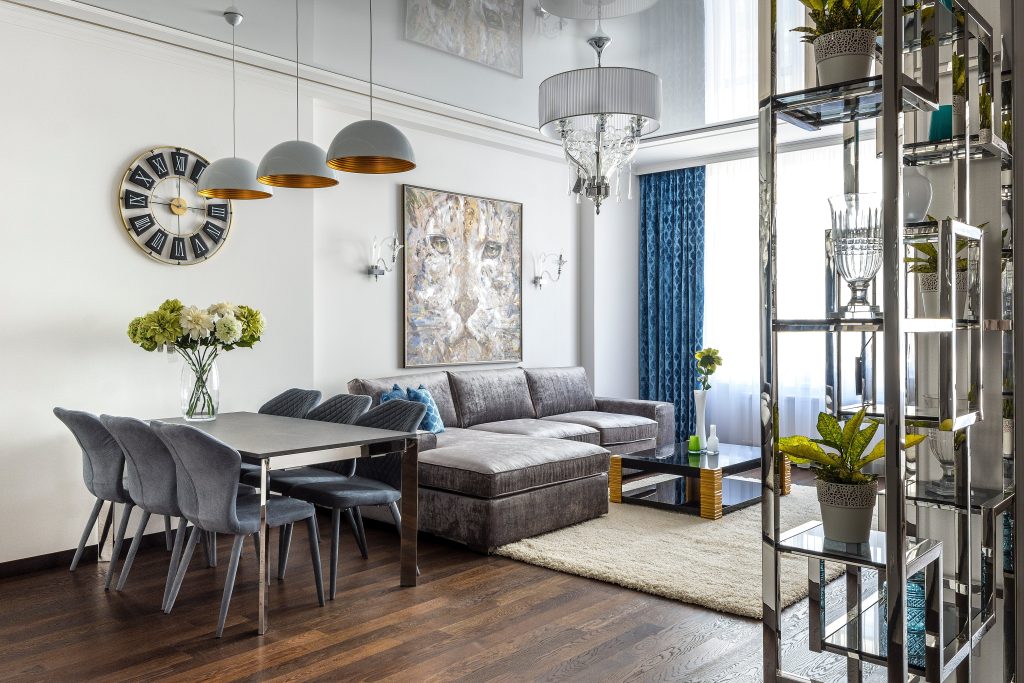
Blending Sofa and Dining Zones: The Advantages
Open concept living prioritizing connection and flexibility dictates creative, multipurpose use of space. Blending a sectional sofa alongside a smartly-positioned dining table makes functional sense while promoting natural gathering opportunities around shared focal points.
Fluid Hosting for Flexible Numbers
With sofa and dining zones fused within a singular open space, entertaining intimate gatherings or large parties proves seamless. Guests mingle fluidly across the entire room without disruption, then all dine comfortably – some at the table, others casually with plates in lap across ample lounge seating options.
Encourages Connection During Meal Prep
Anchoring the dining table within visibility of favorite gathering sofa spots nurtures rich connection opportunities while cooking and prepping meals. Loved ones relax chatting together nearby rather than isolated a room away, fostering deeper bonds through everyday collaboration.
Multi-Purpose Furniture Groupings
During non-entertaining times, super-functional furnishings pull triple duty across overlapping zones. Sectional sofa seating angles toward the dining table conveniently accommodate homework spread out or board games with snacks.Light meal dining then migrates seamlessly from table to coffee table.
Orienting both lounging and dining areas toward a commanding fireplace or statement entertainment center subconsciously keeps what matters most – connecting with one another – at the room’s heart.
DesignUnity Through Stylistic Cohesion
Smart coordination of finishes, color schemes and stylistic detailing between sectional sofas and dining sets enhances seamless design flow.Matching woods, complementary textures and shared accessory accents interplay across blurred zone boundaries.
Conclusion
Rather than competing for visual attention or awkwardly coexisting, strategic open concept floorplans intermingling sofa seating and dining spaces capitalize on their symbiotic relationship.Flexible multifunctionality supports households constantly adapting needs, while positioning life’s deeper meaning of connecting with kin at the center of lifestyles everything ultimately revolves around.







